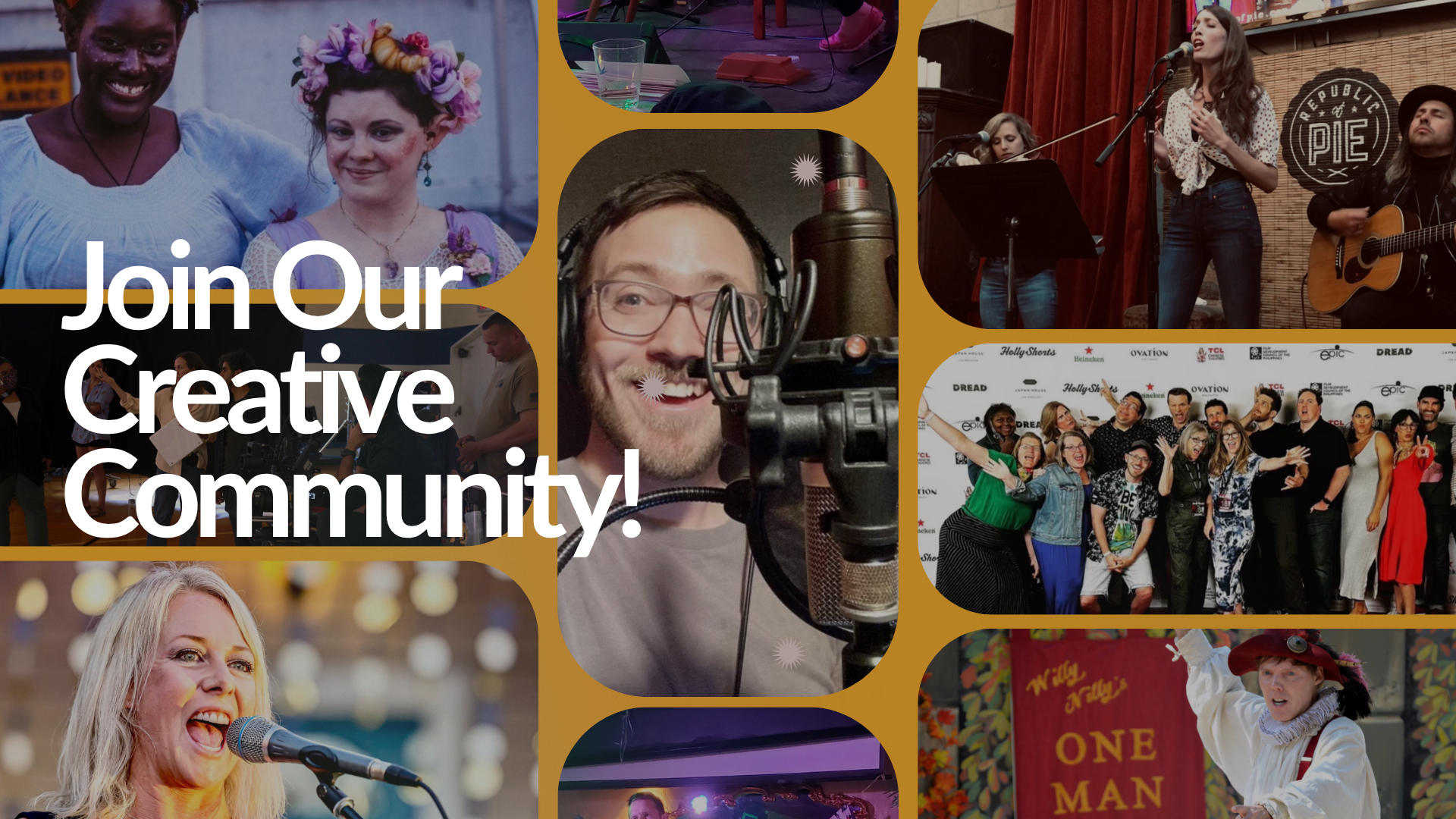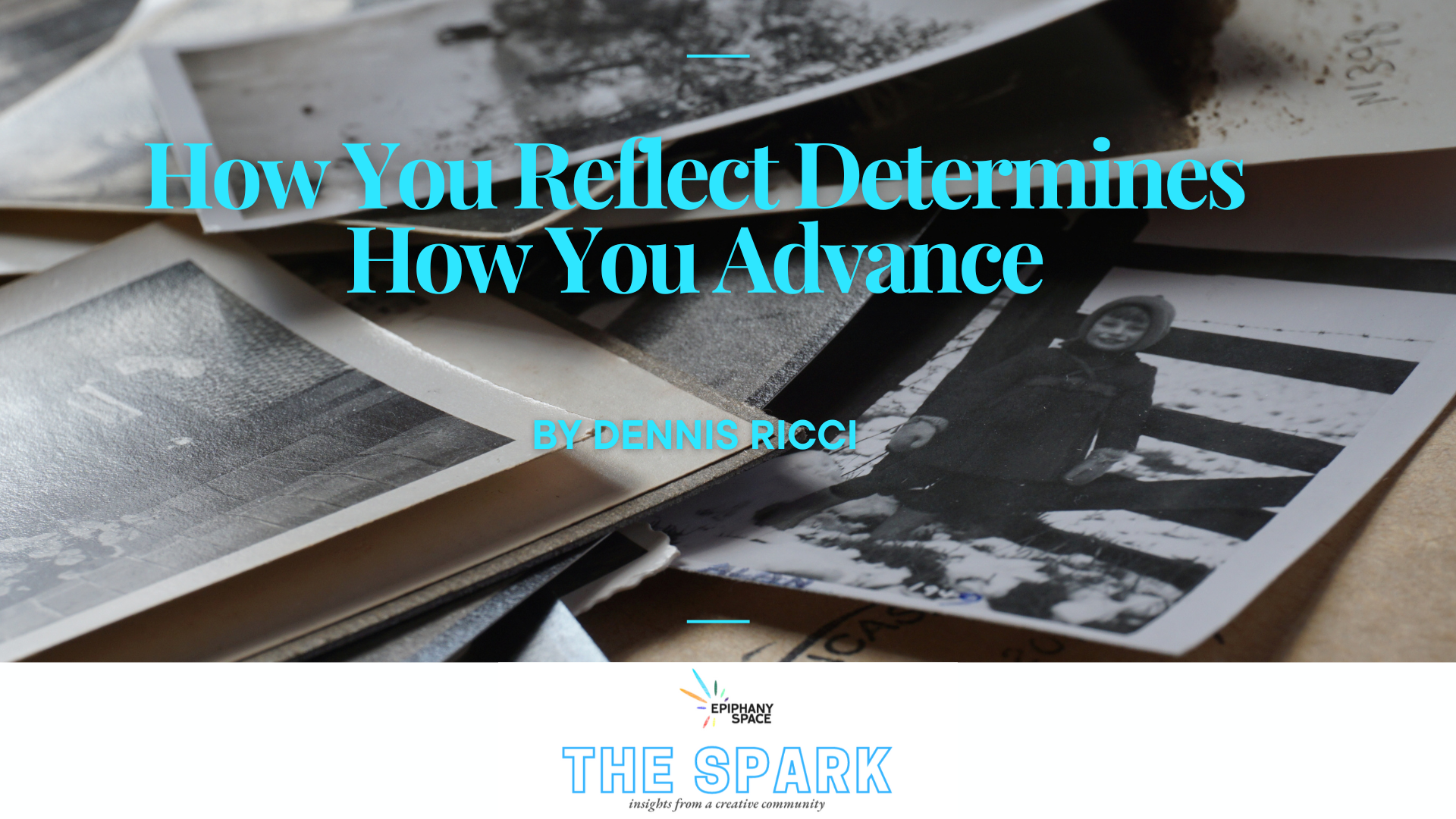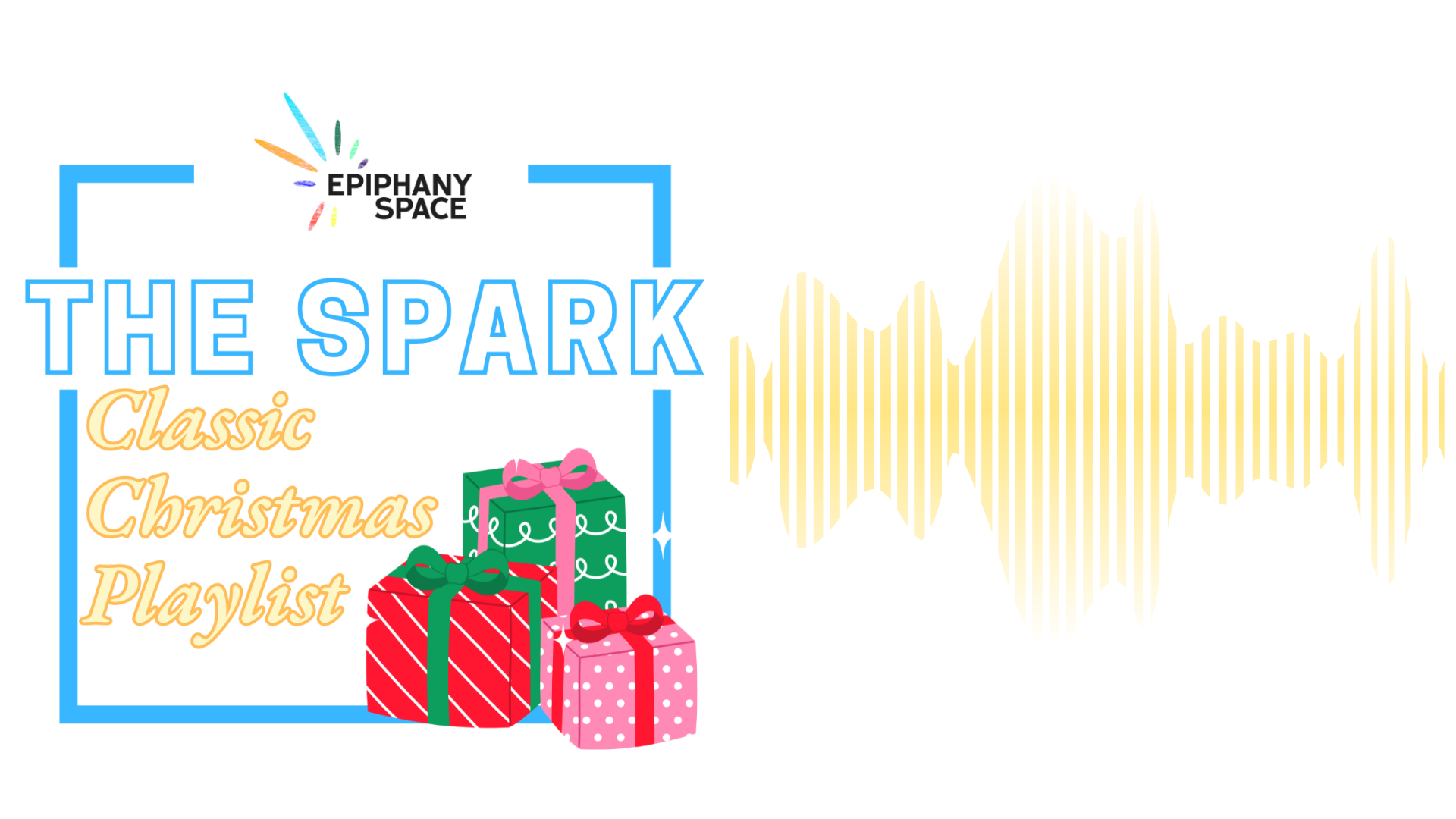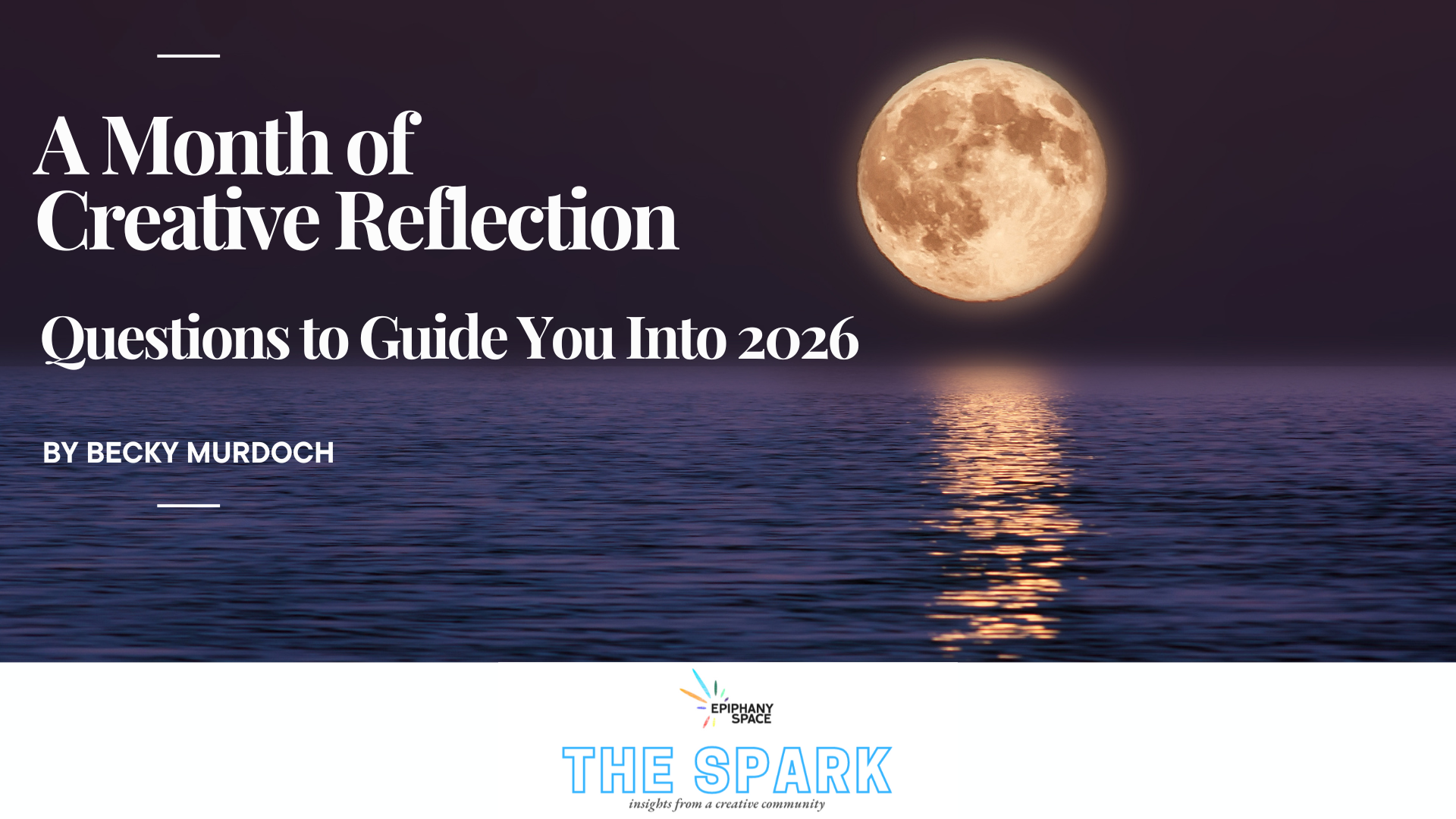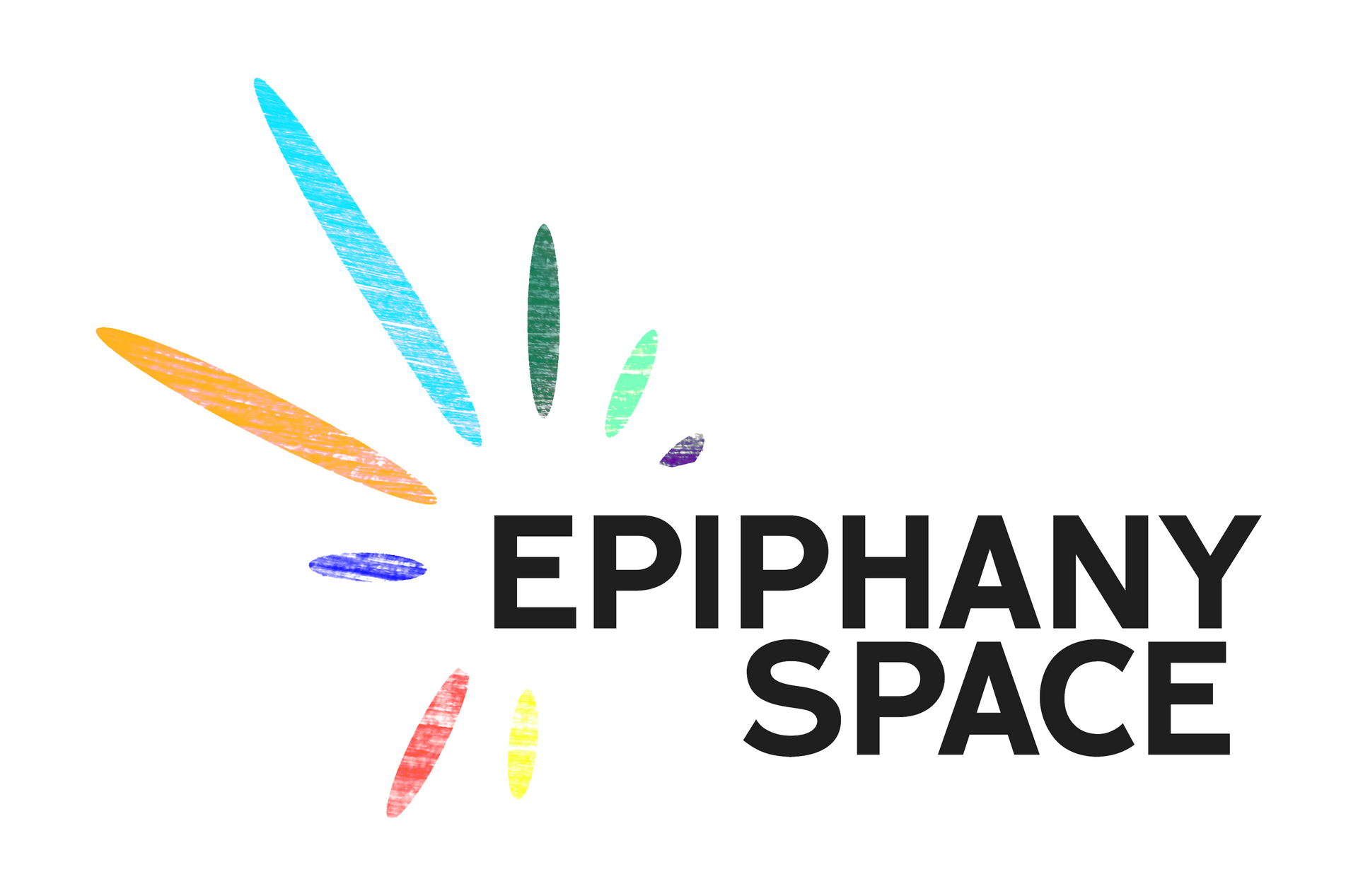Article
When Art Gets Honest: Risk, Fear, and the Making of “Nebraska”
When Art Gets Honest: Risk, Fear, and the Making of “Nebraska”
By Becky Murdoch

Deliver Me From Fear
This past weekend, my roommate asked if I wanted to see Springsteen: Deliver Me From Nowhere. I’ve been seeing so many movies lately because my friends talked me into getting the AMC A-List thing. Honestly, this is one of those movies that, if I weren’t already paying for tickets, I probably would’ve waited to stream. I’ve never been a big fan of “The Boss.” Of course, he’s incredibly talented, but I just never connected.
I am so glad I saw this one, though.
Don’t worry, this isn’t a movie review. I went in cold, not knowing what slice of life the film would show us. But since we’re still in October and talking about Fear & Creativity: Pushing Past Resistance, it ended up being the perfect movie for me to see.
Without spoiling anything, we enter the story somewhere between the release of
Born to Run and
Born in the U.S.A. We meet an artist on the cusp of international stardom, wrestling with his past. As the audience, we know what’s coming, but he doesn’t. He’s just come off a major tour and is feeling the isolation that comes when you live in extremes. You need the rest and retreat, but you also miss the energy. I feel that after producing any big event, I can’t imagine what that would be like after a major tour.
We’re watching him at a make-it-or-break-it moment. The next move could either launch him into international fame or completely derail his career.
For me, this movie explored fear from several angles: the fear of what’s coming, the fear of baring your soul, and the fear faced by the people who help bring our creative work into the world, the ones who believe in us but also carry the weight of our risks.
The Fear of What’s Coming
The fear of what’s coming is easy to see in the life of a musician, but familiar to anyone pursuing the creative life. We don’t want to fail, so we don’t try, but we’re also not sure how to handle success if it comes. Will we be able to live up to the hype? To create at the same level for the rest of our careers?
For musicians, there’s often the “sophomore slump”: after having a lifetime to write the first album, they suddenly have only a year or two to write the second. I currently have the line from Mat Kearney’s “In the Middle” running through my brain: “One life to write one, two years to repeat.”
Success brings its own questions. What will it mean for my privacy? Do I even want to be a household name? There’s that iconic picture of the
Friends cast on a plane heading to Vegas, or someplace, right before the show premiered; one last trip as unknowns. After that, everything changed. We might be able to predict it, but we can’t control when it happens.
Success asks for a loss of control. It demands risk and faith. It calls us to jump into the very thing that might break us. It’s great to have a plan, but sometimes the magic only happens when we follow our gut.
Enter Nebraska.
Sometimes fear becomes the catalyst for deeper art. While learning about Springsteen’s discography, I was surprised to see where
Nebraska landed; it feels like an album that should’ve come later, more reflective and world-weary. But it didn’t. It arrived before “Born in the U.S.A.”, before “Dancing in the Dark”, before “Glory Days”.
The Fear of Baring Your Soul
Nebraska was an act of raw vulnerability. Recorded alone in his New Jersey home on a simple four-track recorder, it’s haunting and unpolished. Influenced by folk music, film, and American literature, but deeply personal.
When we play it safe as artists, we might succeed, but the work lacks resonance. On the flip side, “deep” doesn’t always mean “dark,” it just means true.
In 2025, we have the benefit of therapy being widely accepted and accessible. Take advantage of that. Find a self-care rhythm that works for you and your creative process. At Epiphany Space, we like to say healthy artists create healthy art (we even have a
Masterclass about it). So much great art comes from the difficult things we’ve lived through, but we don’t have to relive the pain to create from it. A good therapist or trauma-informed creative coach can help you navigate that space safely.
The Other Side of Fear: The Gatekeepers
This part of the movie stood out to me. We often think the artist is the only one taking a risk, but others are in it too. Managers, producers, label execs, family, if you fail, they might fail as well.
Nebraska wasn’t promoted; full stop. His face wasn’t even on the cover. He wanted listeners to experience the album for themselves. Today, we can build niche audiences and still have a career, but in 1982, that was far less common. This album was a huge risk.
His team chose to back him anyway. Record labels need to sell albums to survive. Managers need artists to manage. Roadies depend on tours for paychecks. The creative ecosystem is full of people who take those risks alongside us.
Next time you go to a movie, stay through the entire credits. Every name represents a paycheck, people whose livelihoods depend on someone’s willingness to take a creative leap.
What Happens When We Play It Safe
When we play it safe, we risk more than failure; we risk being forgettable. We risk creating art that’s superficial or formulaic. Audiences today are savvy; we know when something lacks heart or truth. We’re looking for connection, something real. That only happens when both sides—the artist and the gatekeepers—are willing to take a chance.
The Work Is Worth the Fear
A friend of mine is a classically trained singer. She’s been performing for most of her life, and she still gets anxious before every show. Fear never really leaves us.
So let’s take the pressure off. Creative courage isn’t about being fearless. It’s about creating through fear.
Artists, gatekeepers, and audiences are all called to trust the deeper story, even when it’s not the easy one.
“Nebraska doesn’t meet anybody halfway—it pulls them in,
transporting the audience to an immersive world where characters,
rather than cathartic performances, are the star attraction.”
Robert Crawford, American Songwriter Magazine (Nov. 22, 2023)

